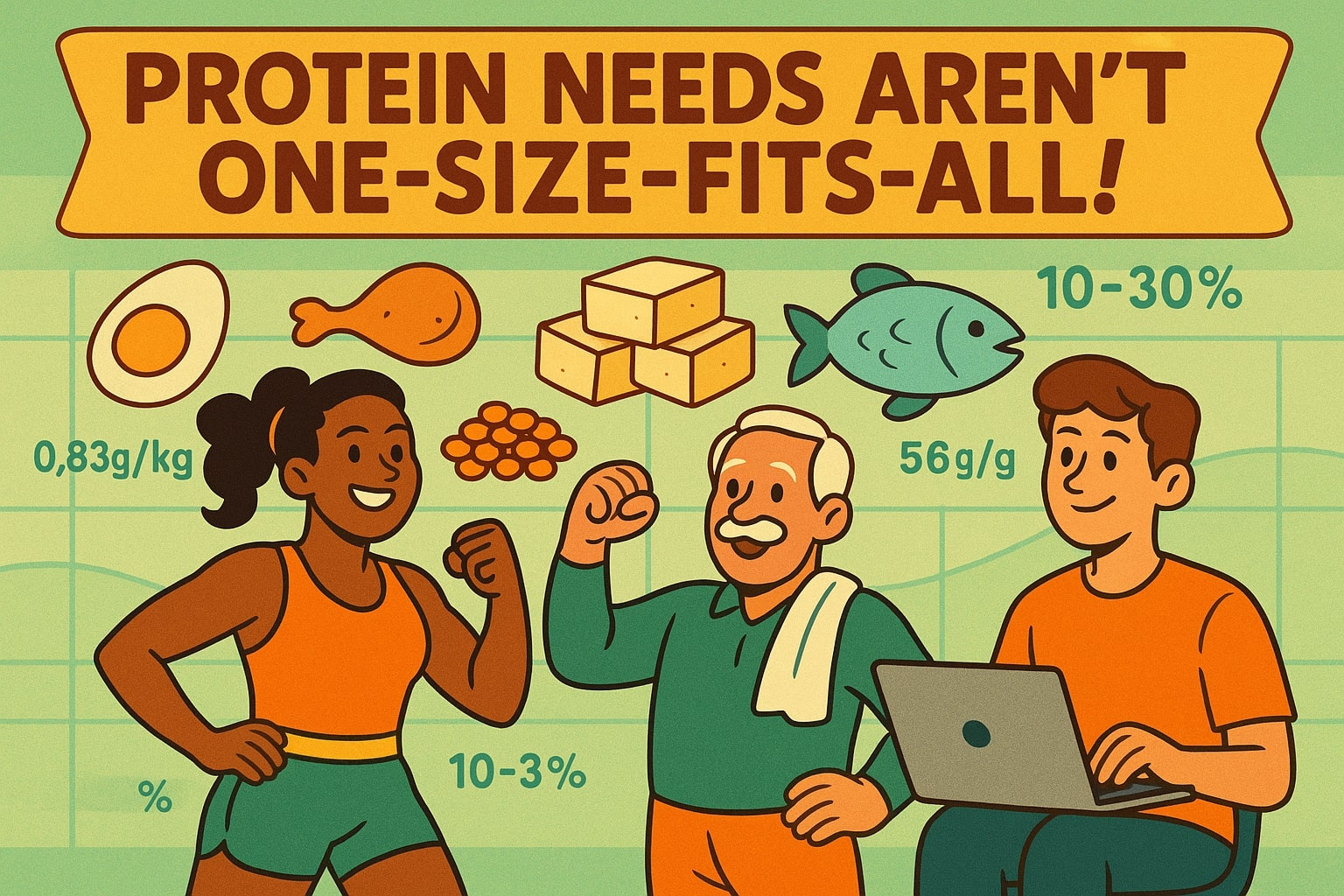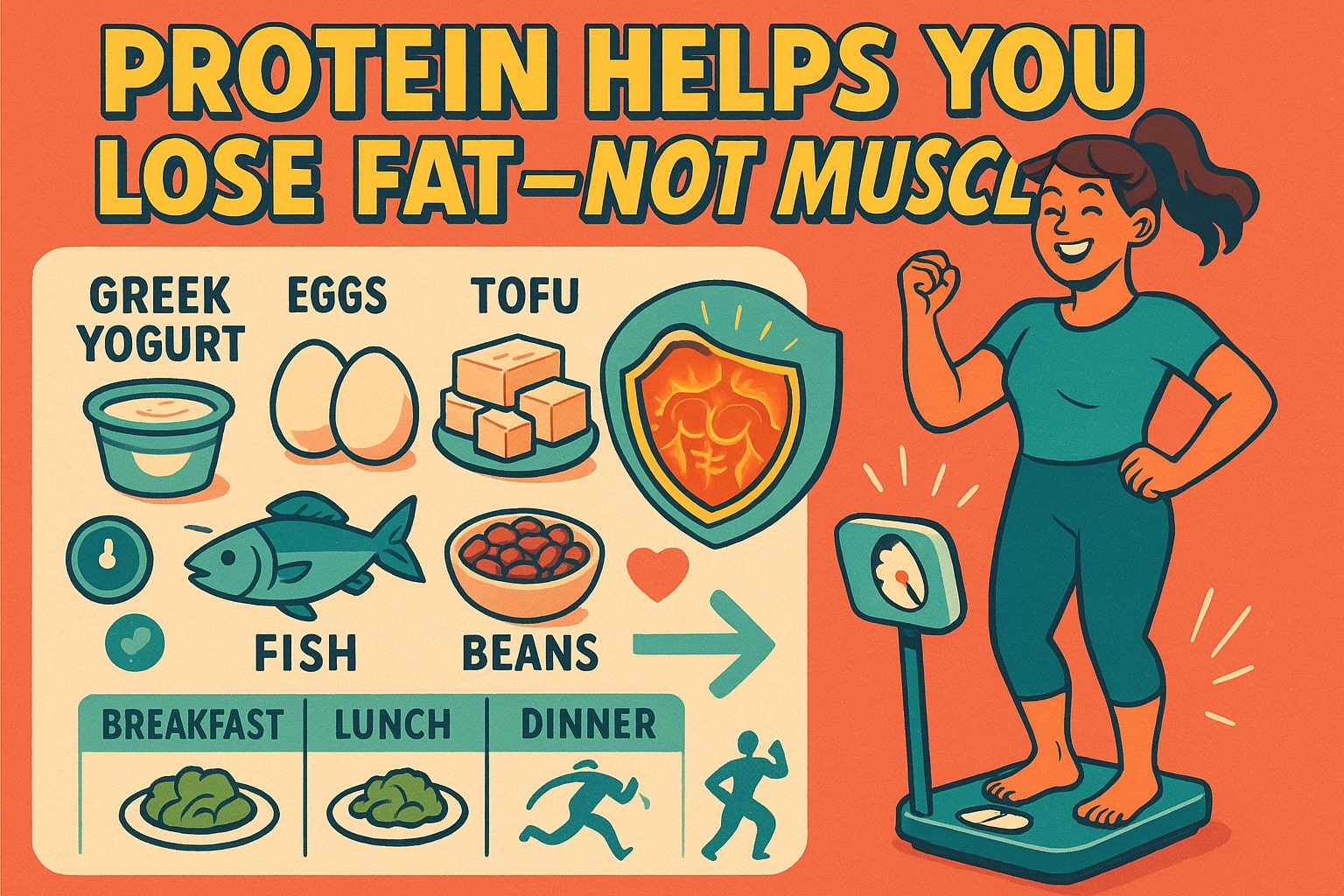Protein is one of the most vital macronutrients the body needs to function properly. It plays a key role in numerous biological processes, from muscle development and immune defense to energy production.
What Are Proteins?
Proteins are large, complex molecules made of amino acids—often called the building blocks of life. Your body relies on these amino acids to perform a wide range of essential tasks. Proteins contribute to energy metabolism and are involved in nearly every cellular activity. They support everything from hormonal balance and enzyme production to immune system health and the growth and repair of muscle tissue.
Types of Proteins
Globulins are a group of proteins that play a crucial role in the immune system. They include antibodies, which help the body fight off infections and protect against bacteria, viruses, and other harmful invaders. Globulins are vital for maintaining a strong and responsive immune function.
Albumins are another important class of proteins, found mainly in the bloodstream. Their primary job is to transport key substances—including hormones, vitamins, and fatty acids—throughout the body. Albumins also help regulate blood pressure and maintain proper blood volume by controlling oncotic pressure.
How Much Protein Should I Eat a Day?
Figuring out how much protein you should eat each day isn’t a one-size-fits-all equation. It depends on factors like your age, weight, sex, and how active you are. Still, having a general guideline helps you make informed choices—and that’s where trusted health organizations step in.
According to the United States Department of Agriculture (USDA), protein should make up 10% to 30% of your total daily calories. So, if you eat about 2,000 calories a day, you’d aim for 50 to 150 grams of protein—depending on your lifestyle and goals.
For a more personalized approach, the World Health Organization (WHO) recommends about 0.83 grams of protein per kilogram of body weight for healthy adults. That’s around 56 grams a day for a person weighing 150 pounds (68 kg). But if you’re an athlete, pregnant, elderly, or managing a health condition, you may need more.
The National Institutes of Health (NIH) breaks it down further by age and sex. For example, adult men typically need around 56 grams per day, while adult women need about 46 grams. These numbers help support muscle repair, immune function, and a healthy metabolism.
At the end of the day, your ideal protein intake should reflect your unique body and lifestyle. Protein needs depend on your total calorie burn. Use the TDEE Calculator to find out how many calories you expend daily.

Foods High in Protein
When it comes to meeting your daily protein needs, there are two main types of sources: animal-based and plant-based. Both can support a healthy diet, but they offer different nutritional benefits depending on your lifestyle, preferences, and dietary goals.
Animal-Based Protein Sources
Animal-based proteins are known for being complete, meaning they contain all essential amino acids your body needs. They’re especially valuable for building and maintaining muscle, and they often come with other key nutrients like iron, B vitamins, and omega-3s.
| Food | Protein per 100g |
|---|---|
| Beef | ~26g |
| Pork | ~25g |
| Chicken | ~27g |
| Tuna | ~29g |
| Salmon | ~25g |
| Whole Egg | ~13g |
| Milk | ~3.4g |
| Yogurt (Greek) | ~10g |
These animal-based options not only deliver high-quality protein but also support your body with essential vitamins and minerals. If you're aiming for balanced nutrition, including a variety of these foods in your diet can make a big difference.
Plant-Based Protein Sources
Plant-based proteins may not always be complete on their own, but when combined thoughtfully, they can fully support your body’s protein needs. In addition to protein, these foods often bring extra nutritional value—like fiber, healthy fats, antioxidants, and phytonutrients—that contribute to long-term health and disease prevention.
| Food | Protein per 100g |
|---|---|
| Lentils | ~9g |
| Chickpeas | ~9g |
| Black Beans | ~8.9g |
| Tofu (firm) | ~17g |
| Tempeh | ~19g |
| Quinoa (cooked) | ~4.4g |
| Oats (raw) | ~13g |
| Almonds | ~21g |
| Chia Seeds | ~17g |
| Sunflower Seeds | ~21g |
| Broccoli (raw) | ~2.8g |
| Green Peas (cooked) | ~5g |
What’s powerful about plant-based protein isn’t just the numbers—it’s the synergy of nutrients. Many of these foods support heart health, digestion, and stable energy levels. And with smart pairings like beans and rice or hummus and whole grain bread, you can easily build meals that deliver complete protein profiles without relying on meat or dairy.
Protein and Weight Loss
Protein plays a key role in healthy weight loss—not just by helping you shed fat, but by preserving the muscle you already have. When you’re in a calorie deficit, your body may start breaking down muscle tissue for energy. That’s why getting enough protein is essential: it supports muscle repair and maintenance, even as the number on the scale goes down.
Including protein-rich foods in your meals can also help manage hunger. Protein takes longer to digest than carbohydrates, which means it keeps you feeling full for longer and helps prevent the urge to snack between meals. This can naturally lead to a lower calorie intake without feeling deprived.

Rather than loading up on protein in a single sitting, aim to distribute your intake evenly throughout the day—for example, adding eggs or Greek yogurt at breakfast, lean meat or tofu at lunch, and beans or fish at dinner. This steady approach helps regulate appetite, supports metabolism, and makes it easier to maintain lean body mass while losing fat.
If you're curious about how much of your weight is lean tissue, our Lean Body Mass Calculator can help you estimate it accurately.
Looking to improve your overall health? Browse our full collection of Health Tools designed to support fitness, nutrition, and wellness.

